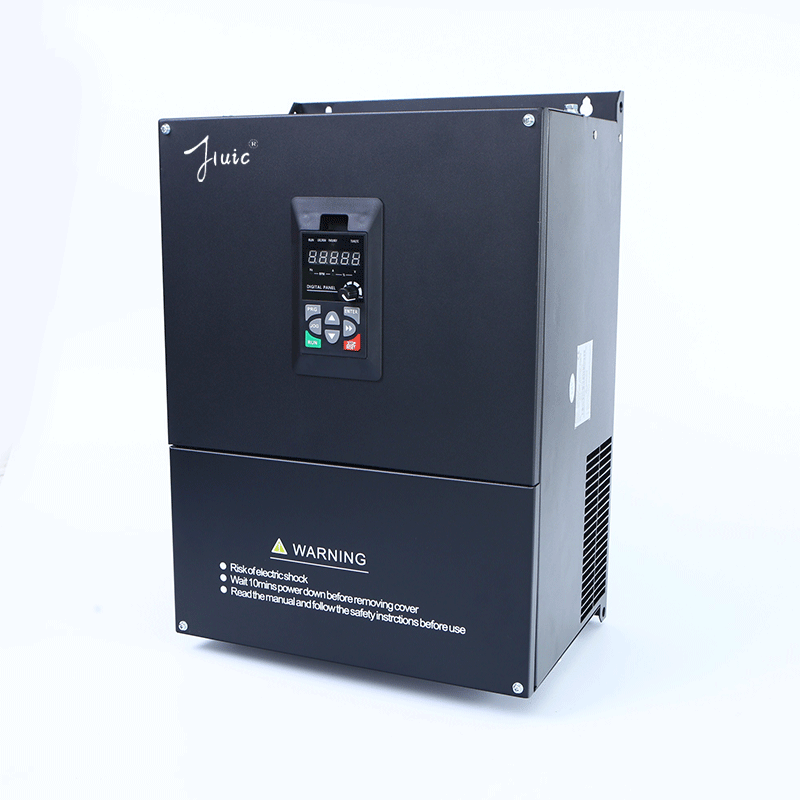
Selection of inverter power
The system efficiency is equal to the product of the inverter efficiency and the motor efficiency. Only when both of them work at higher efficiency, the system efficiency is higher. From the point of view of efficiency, the following points should be paid attention to when selecting the inverter power:
1) It is most suitable when the power value of the inverter is equivalent to the power value of the motor, so that the inverter can operate at a high efficiency value.
2) When the power classification of the inverter is different from that of the motor, the power of the inverter should be as close as possible to the power of the motor, but it should be slightly larger than the power of the motor.
3) When the motor is frequently started, braked or under heavy load starting and works frequently, a larger inverter can be selected to use the inverter for long-term and safe operation.
4) After the test, the actual power of the motor is indeed surplus. You can consider choosing a frequency converter with a power smaller than that of the motor, but pay attention to whether the instantaneous peak current will cause overcurrent protection.
5) When the power of the inverter and the motor are different, the settings of the energy-saving program must be adjusted accordingly, so as to achieve a higher energy-saving effect.
Determination of inverter capacity
Reasonable capacity selection itself is a measure of energy saving and consumption reduction. According to the existing data and experience, there are three simpler methods:
1) The actual power of the motor is determined. First measure the actual power of the motor to select the capacity of the inverter.
2) Formula method. When one inverter is used for multiple motors, it should meet the following requirements: At least the influence of the starting current of one motor should be considered to avoid the inverter overcurrent tripping.
3) Motor rated current method inverter.
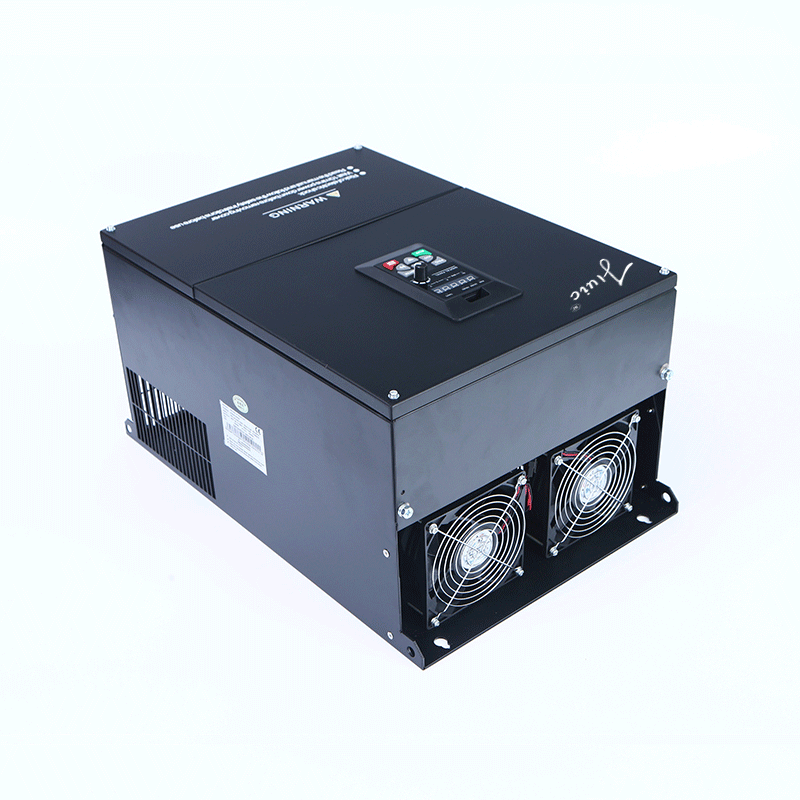
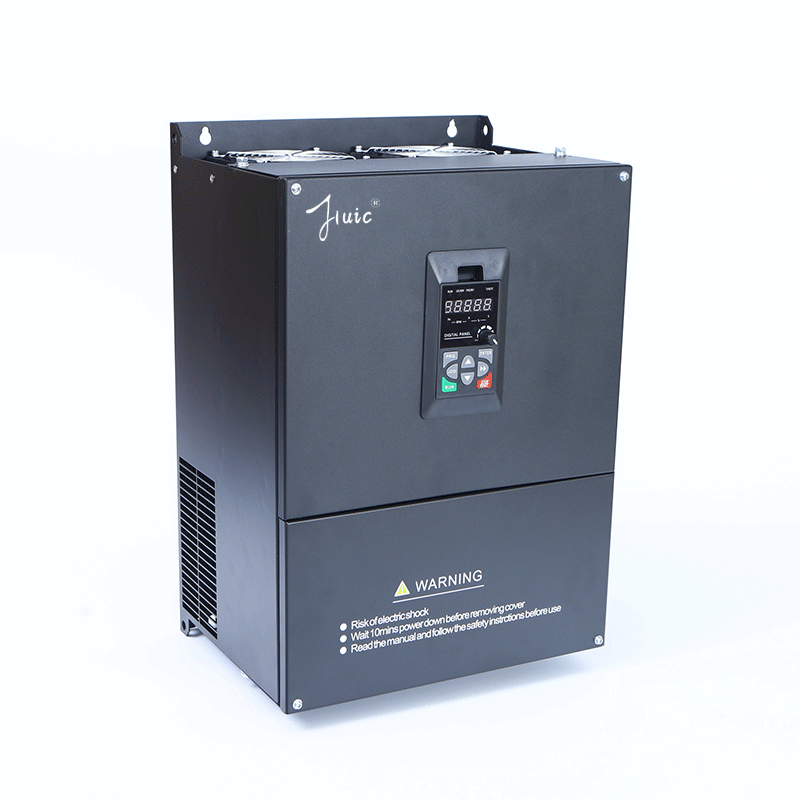
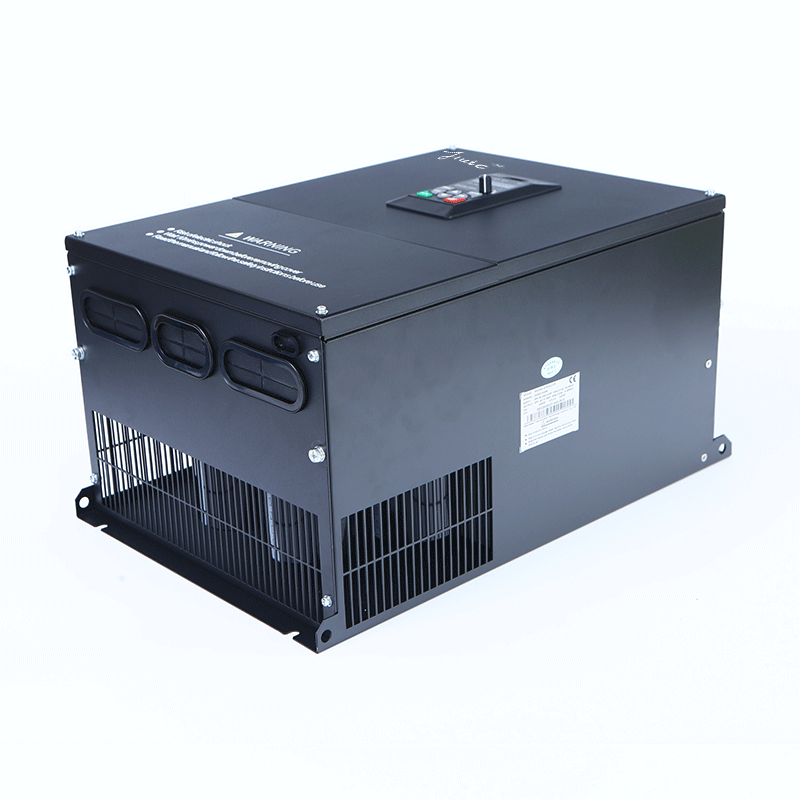
Select the type of inverter, according to the requirements of the type of production machinery, speed regulation range, static speed accuracy, and starting torque, determine the most suitable inverter for the control method. The so-called suitable is not only easy to use, but also economical to meet the basic conditions and requirements of technology and production [9].
The motor to be controlled and the inverter itself
1) The number of poles of the motor. Generally, the number of motor poles is not more than (extremely suitable, otherwise the inverter capacity should be appropriately increased.
2) Torque characteristics, critical torque, acceleration torque. In the case of the same motor power, the inverter specification can be derated compared to the high overload torque mode. 3) Electromagnetic compatibility. In order to reduce the main power interference, a reactor can be added to the intermediate circuit or the input circuit of the inverter, or a pre-isolation transformer can be installed. Generally, when the distance between the motor and the inverter exceeds 50m, a reactor, a filter or a shielded protective cable should be connected in series between them.
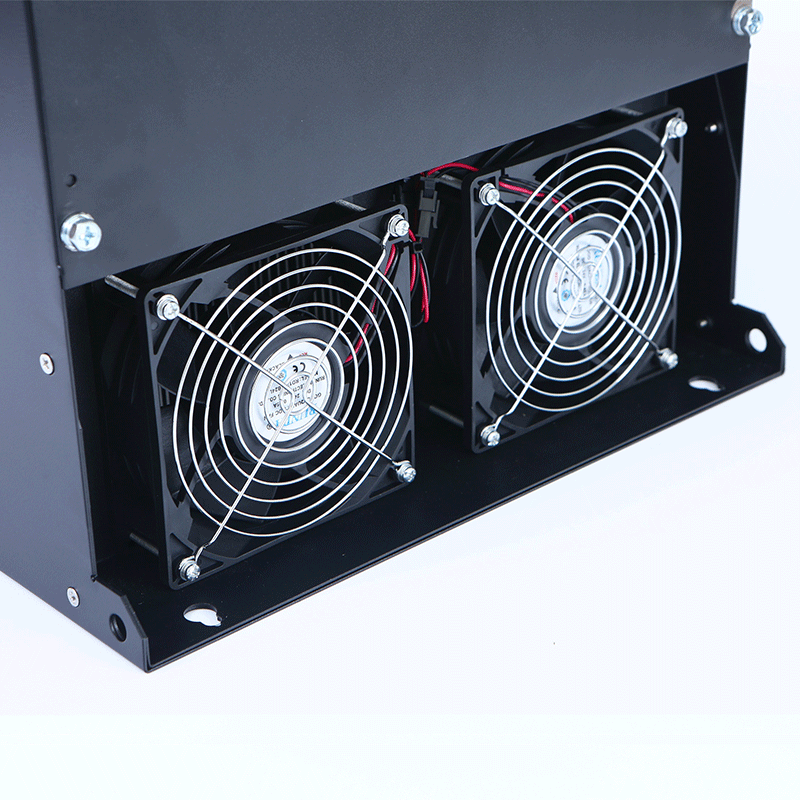
Chengdu jinghuichuan Electric Co., Ltd., registered in Sichuan Province on July 30, 2012, is a wholesale and retail industry. Its main industry is wholesale and retail, and its service fields are the R & D, sales and installation of electrical equipment, instruments, electromechanical equipment and water pumps; Sales: wire and cable; Technical service of automatic control system. (except for the above business scope restricted by national laws and regulations, if a license is required, it shall be operated within the validity period with the license.)., The registered capital is 1 million yuan. The office address of Chengdu jinghuichuan Electric Co., Ltd. is No. 103, floor 1, unit 1, building 1, No. 51, Wuqing South Road, Wuhou New Town Management Committee, Wuhou District, Chengdu. If you are interested in our products, technology or services, you are welcome to call or come to consult at any time.
Xingguo Wang
674493875@qq.com
